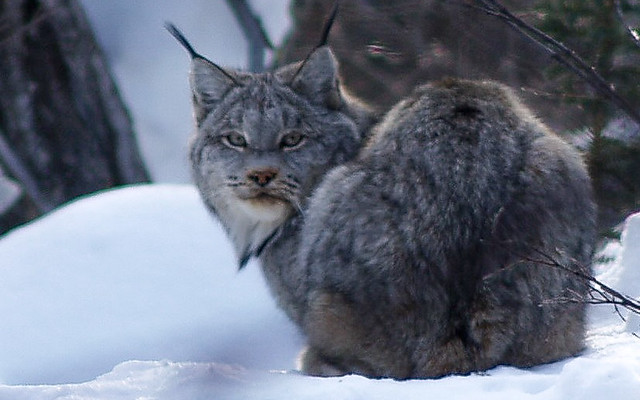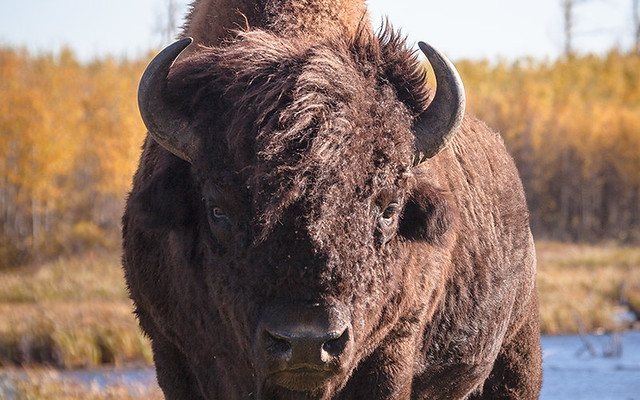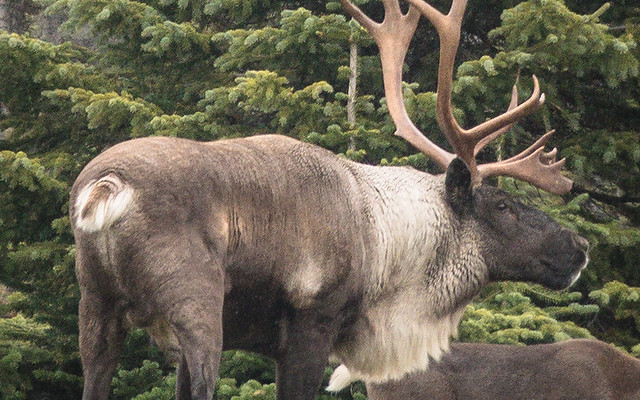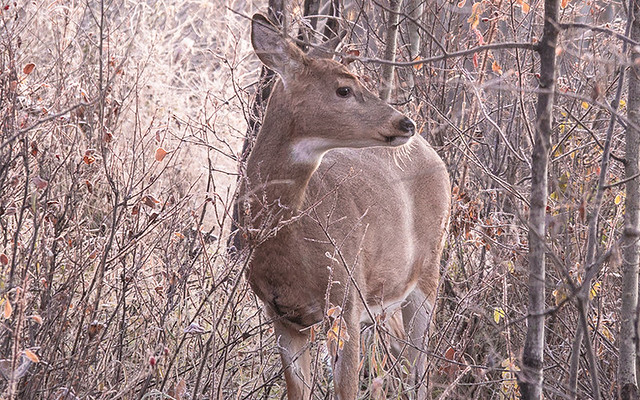Cards
(QUICK LINKS: Decks | plants | mammals | birds | | reptiles | fish | cephalopoda | insects | microbe | events
( scientist | project | modifier | technique |)

Canada Lynx
Lynx canadensis


6 POINTS
Play: The canadian lynx has a MOVE of 2
Fact: Lynx population cycles are closely tied to their main prey-the snowshoe hare-peaking, then crashing sync, every 10 years.

Wood Bison
Bison bison athabascae


5 POINTS
Play: Species at Risk: no development events permitted. Has a MOVE of 2
Fact: Wood bison forage in meadows, but are named for traveling long distances through the forest on well-worn trails.

Woodland Caribou
Rangifer tarandus caribou


6 POINTS
Play: Species at risk: no development events. Only eats lichen. Has a MOVE of 2
Fact: Boreal woodland caribou are listed as Threatened because human disturbance to their habitat help predators find and kill them.

Moose
Alces alces


3 POINTS
Play: The moose has a MOVE of 2
Fact: When winter forage is good. such as after a forest fire, moose will birth twins. Otherwise, they have one calf a year.

White-tailed Deer
Odocoileus virginianus


2 POINTS
Play: The white-tailed deer has a MOVE of 2
Fact: Fawns are born with spots to camouflage them from predators while they wait for their mothers to return from foraging.

Beaver
Castor canadensis


4 POINTS
Play:Fact: Beavers are a keystone species that alter the landscapes by cutting trees and damming streams to make wetlands.